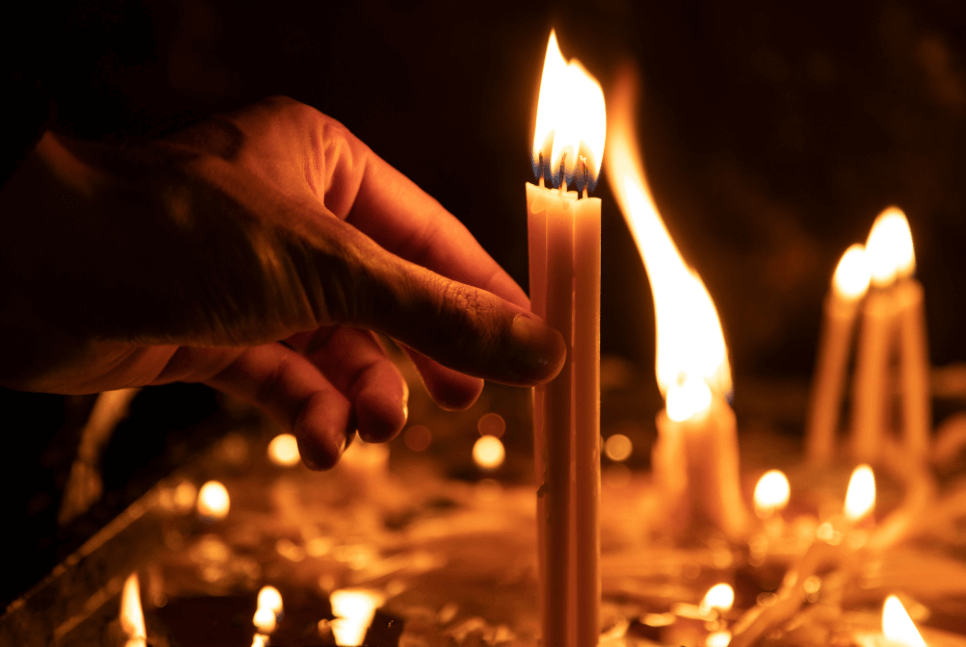
An almost forgotten Sicilian tradition: the Feast of the Dead
Time passes and with it so do traditions. It is strange sometimes how a people can forget their origins, replacing the old customs with the new ones that are a bit more “fashionable”.
Specifically, we talk about the Feast of the Dead in Sicily, now supplanted by the more mainstream Halloween. And our network, as a promoter of the slow tourism and the values of authenticity of the area, wants to take the opportunity to dust off the characteristics of this almost lost holiday, in a journey through the rituals that distinguish it.
Origins of the Feast of the Dead in Sicily
It all began with the festival pagan Halloween. I Celts Irish celebrated their New Year’s Eve every October 31, whose actual name was Samhain, meaning “all souls“. This rite soon spread throughout Europe, going against Christian ideals.
At the same time, around the 10th century, Pope Gregory IV moved the celebration of All Saints’ Day May 13 to November 1, to mitigate pagan influences released by the late October event. All, with practices that aimed at the reenactment of souls to thank them for the year’s harvests.
Later, the Commemoration of the Dead November 2, an event that was a great folkloric success in Sicily from its earliest years. Thus was born one of the oldest rituals in the history of the Island.
How was the November 2 holiday celebrated?
In every family, the night before November 2, the children recited a nursery rhyme: “Weapons saints, weapons saints, I am one and you are many, while I am in this world of troubles, so of dead mittiminni much“. It was a ritual to invite the deceased relatives to send them gifts.
The custom, in addition to commemorate the souls of loved ones, it allowed to exorcise death, displacing fear from the normal flow of life.
It all consisted of putting ‘u cannistru under the bed, a basket as large as each family’s financial means. Burst the midnight, uncles, grandparents or any other relatives in the afterlife were believed to be coming out of the “
graveyard” to delight the picciriddi with gifts and treats.
The latter would wake up early the next morning to run in search of the basket. In fact, the parents after filling it during the night would not put it back under the bed, but would hide it in another place in the house, to increase the ‘waiting and the desire of their babies.
Once the rich loot was found, mom and dad would go with their children to the cemetery to thank their loved ones, taking with them the unopened gifts e lighting a candle in their honor.
What was ‘u cannistru filled with?
During the night, the basket was filled with toys purchased at village fairs e typical Sicilian sweets. Specifically, mothers and grandmothers prepared delicacies such as the Martorana fruit, cookies Dead Bones, Pupi di Zuccaru e Mustazzoli.

Martorana Fruit
Every child quivered to find out who was giving them all those delicacies. Andrea Camilleri describes that joy belonging to childhood in “Daily Tales“, explaining every detail in narrow dialect, with the heart of one who really felt certain emotions, simple and characteristic of a time gone by.
How do we celebrate the Day of the Dead today?
Today, unfortunately, there are few events in Sicily dedicated to the Day of the Dead. Among those left, committed to keeping this wonderful tradition alive for as many as 9 editions, are Sugar Night. Thus, in Palermo and Catania, customs are being revived on the long-awaited night of Nov. 2.
Luca Russo





